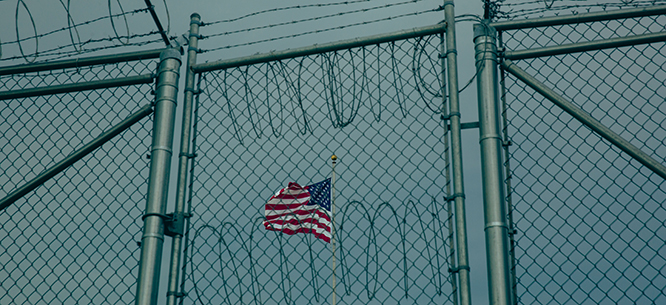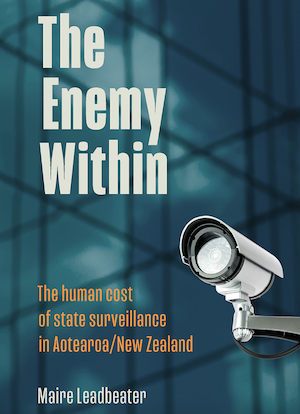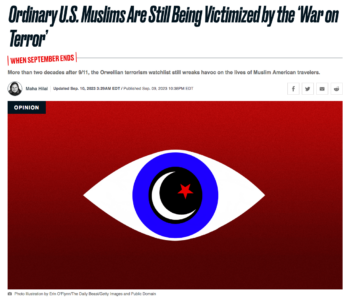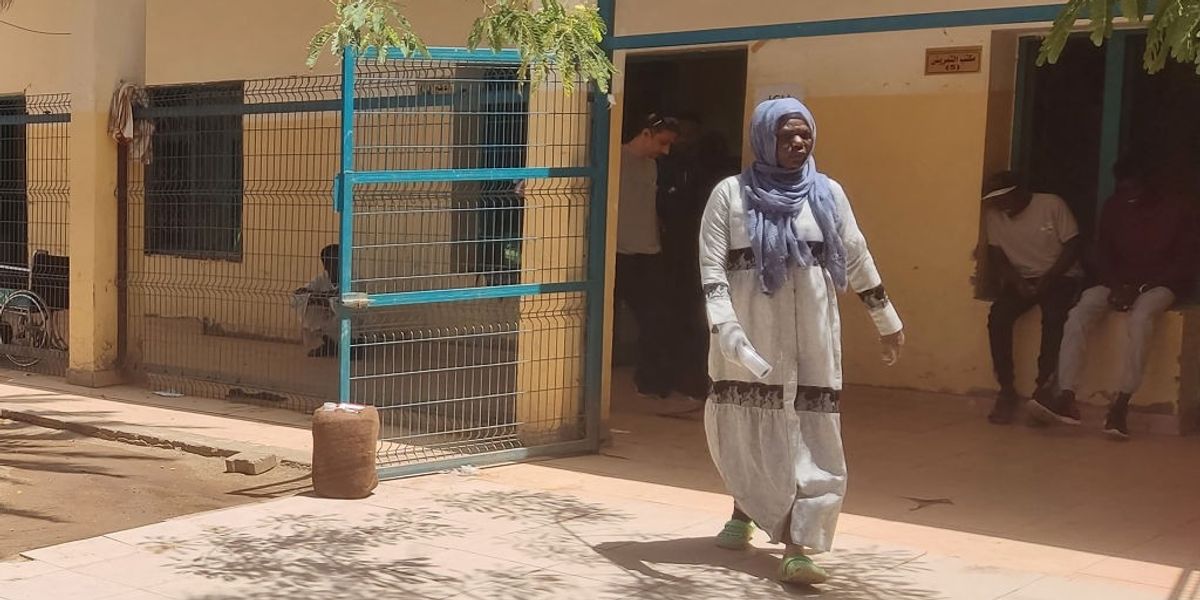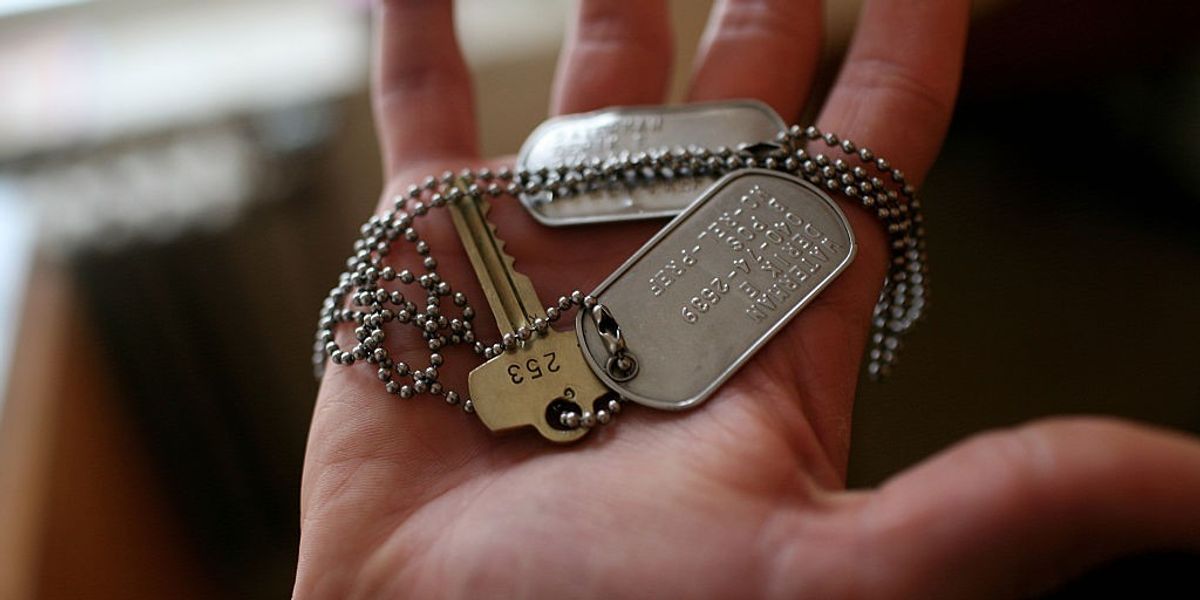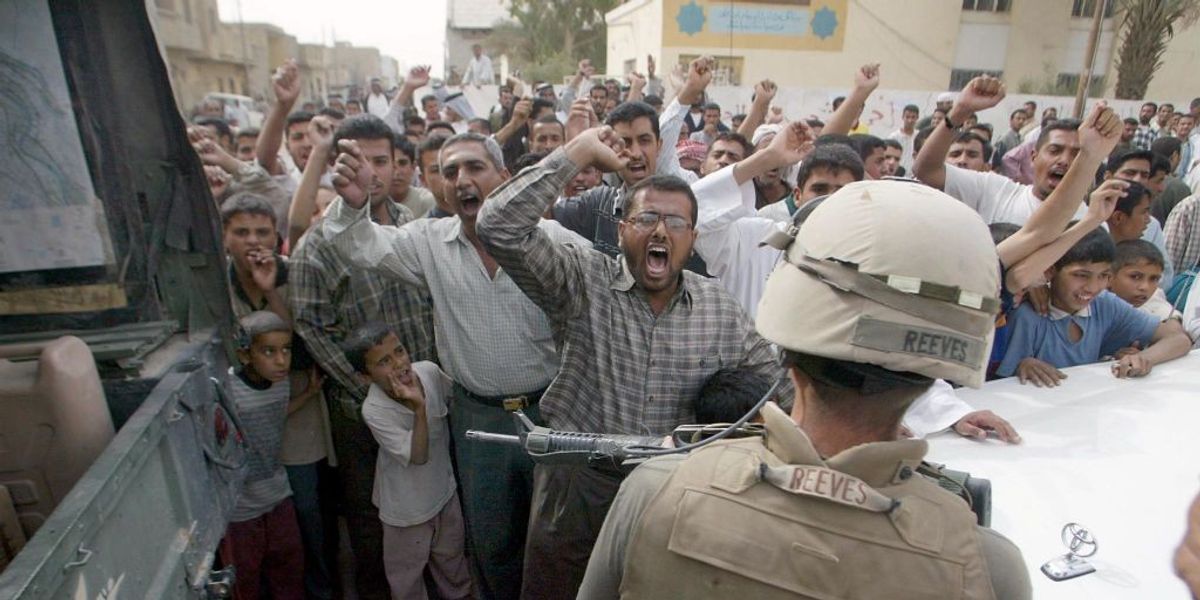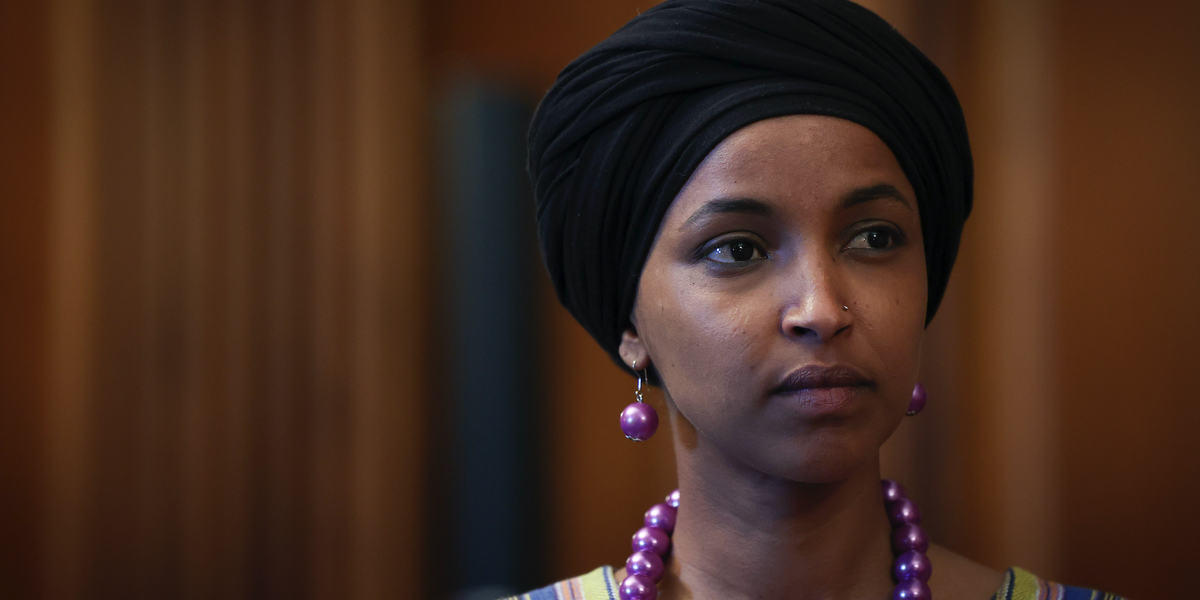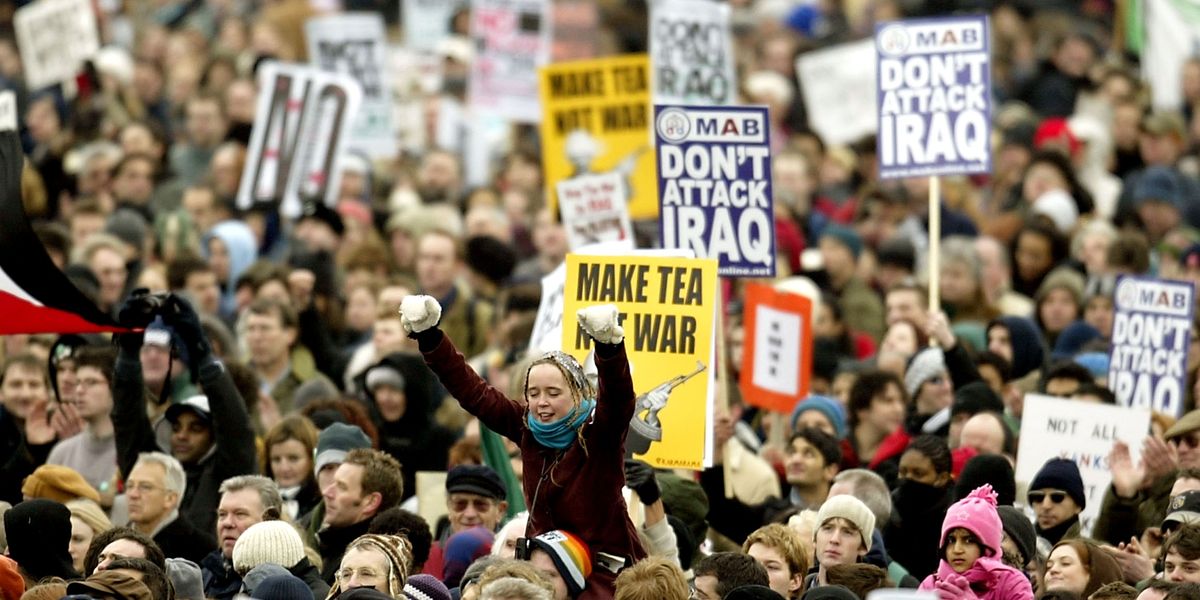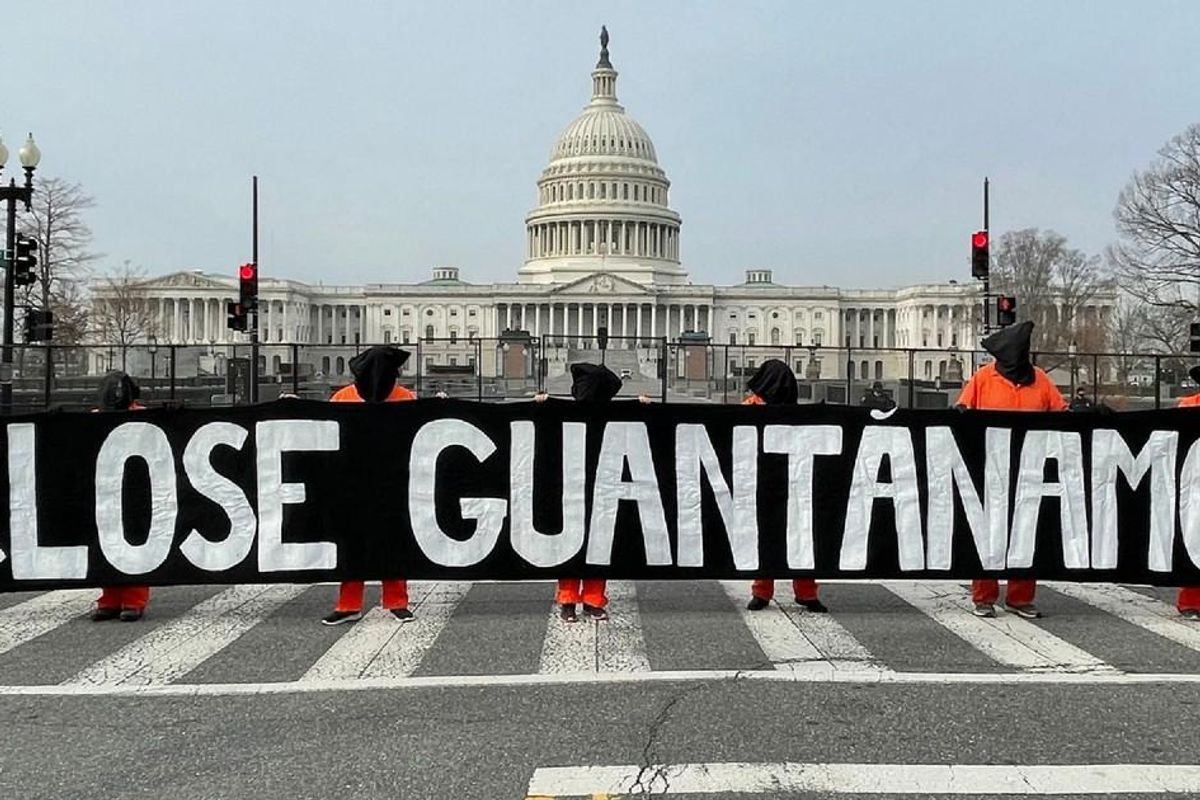Janine Jackson interviewed the Muslim Counterpublics Lab‘s Maha Hilal about her book Innocent Until Proven Muslim for the September 15, 2023, episode of CounterSpin. This is a lightly edited transcript.
CounterSpin230915Hilal.mp3
Janine Jackson: Islamophobia existed before September 11, 2001, but the response to that day’s attacks leveraged the power of the state in service to that discrimination in ways that continue to shape foreign and domestic policy, and everyday life.
And all along the way, corporate news media have not just platformed, but megaphoned the idea that Muslims, because they are Muslim, are dangerous and suspicious; that their humanity is, at best, contingent.
That media’s looks back on the day overwhelmingly failed to even acknowledge the so-called “War on Terror’s” ongoing impacts on Muslims is just testament to the mainstreaming of this particular brand of scapegoating.

(Broadleaf Books, 2023)
Maha Hilal is the founding executive director of the Muslim Counterpublics Lab, and author of the book Innocent Until Proven Muslim: Islamophobia, the War on Terror and the Muslim Experience Since 9/11, from Broadleaf Books. She joins us now by phone from Arlington, Virginia. Welcome back to CounterSpin, Maha Hilal.
Maha Hilal: Thank you so much, Janine, for the invitation.
JJ: When we think about the wreckage from the attacks of September 11, 2001—not just the attacks themselves, but the actions in the wake of them—for a lot of people, our minds go to the wars on Afghanistan and on Iraq, with validity, right?
But it’s important for Americans not to see the “War on Terror” only as something that the US state is inflicting on others, elsewhere—particularly as the domestic facets, while maybe not front-page news, are still very much in effect, right? It’s not somewhere else, and it’s not in the past.
MH: Absolutely. So there’s been this notion, as you are describing, that the “War on Terror” was just something that happened abroad. And in fact, when we look at the trajectory of the “War on Terror,” immediately after the 9/11 attacks, Muslims and Arabs were targeted, were racially profiled, and were being scrutinized and surveilled domestically within the United States.
And it’s always been interesting to think about how the “War on Terror” has been constructed so narrowly, so that Americans think it’s abroad.
And there was a summer in which there was a lot of discourse around the 1033 Program, and the ways that the military was giving equipment to police offices around the country. And the narrative there was that now the “War on Terror” is “coming home”; whereas, as I write about in my book, the “War on Terror” started at home, and the “War on Terror” has been home.
And this speaks a lot to, who do we understand as being American? Who do we understand as being within the borders of this country? And who do we care about when it comes to state violence?
And we know that it’s obviously not just Muslims who are treated with little to no regard, but also other BIPOC communities. So it does raise this question of, who do we actually care about?
And so I think it’s important, as I outline in the book, to really look at the taxonomy of the “War on Terror.” What is the “War on Terror” in its totality? And it’s only by answering that question that I think we can ask the other question, which is, what do we need to do to abolish the “War on Terror”?
JJ: And you talk about the various aspects of it. It’s so in the ether that we almost don’t think about it, but things like registration, things like detaining people, there are multiple questions around immigration, so-called. There are multiple elements that reflect the domestic manifestation of the “War on Terror.”
MH: Absolutely. I just wrote an op-ed in the Daily Beast about the terrorism watch list, which turns 20 this week. And that has been a very systemic, systematic, pervasive policy that has impacted not just Muslims, but also Muslim Americans.
And this is a policy that has been in place to scrutinize and surveil Muslims, many of whom face extremely harsh interrogations at airports when they’re flying and when they’re traveling. And for a lot of others, it’s this process that needs to be done. Muslims are the enemy, so it’s OK. It’s normal to see them being singled out in places like airports, because that’s the sort of places of violence that we associate Muslims with.
But suffice it to say, there are so many ways that the “War on Terror”—I think on this point, it’s important to mention—has been so normalized. So not only is there a lack of knowledge and understanding that it has a very domestic front, but also we’re so accustomed, I think we’ve just sort of accepted everything that the “War on Terror” has entailed, to the point where there are so many tentacles of the “War on Terror” that we no longer see.
And that’s why, again, we think about the narrative around that 1033 Program, and the idea that the “War on Terror” was coming home, as opposed to the “War on Terror” has always been home.
That’s one of the problems that we come across when people aren’t informed about what’s happening domestically to people in their communities and their societies and their neighborhoods.
JJ: I think some people might actually be surprised to hear that what we used to call the “No-Fly List,” that that’s still a thing. That is an enduring impact. You may have read about it 20 years ago and thought that it disappeared, but, in fact, it’s still affecting people’s lives around this country and around the world.
MH: Absolutely. And I think with things like the No-Fly List, people can sort of brush it off as minor inconveniences, right, that it’s just additional scrutiny, and eventually the person is able to travel. As opposed to recognizing the complete humiliation that is repeated over and over again.
And the symbolic message that it sends to Americans and to people traveling that Muslims continue to be the enemy, and that when it comes to Muslims traveling and Muslims in general, there’s always this propensity of violence, because Muslims are inherently violent. And so these policies reiterate that over and over again.
JJ: You talk a bit about the power of language in the book, the work that language has done. I always thought that when news media took “War on Terror” out of quotation marks, that something really changed, once they started saying that this was an unironic term.
Because, of course, once we’re “at war,” well, media have a lot of imagery around that that takes over. But “War on Terror” itself is, at the same time, deeply evocative and also a total thought-stopper of a term. It just justifies endlessly, doesn’t it?

Maha Hilal: “When you use nebulous phrases like ‘War on Terror’…it opens the door for basically the US government to do whatever it wants.”
MH: Yeah, absolutely. And the first time that Bush used the phrase “War on Terror” was in his speech nine days after the 9/11 attack. And so the context in which he was using it was to actually say that, essentially, we’re going to wage an endless war. There’s no timelines. There’s no boundaries. We’re basically going to do whatever we want. And, in fact, he said that Americans should expect a “lengthy battle.”
And that’s what happens when you use nebulous phrases like “War on Terror,” is that it opens the door for basically the US government to do whatever it wants, because the phrase is unclear as it is. But also, you can always fit things into, what does terror look like? And this is our “War on Terror,” this is how we have to seek out revenge, this is how we have to intervene into the ways that we were victimized.
JJ: And media’s acceptance, journalists’ acceptance of that term, I really thought, all bets are off at this point. And a thing that I thought that media never acknowledged: I remember Ari Fleischer, the White House press secretary, telling Howard Kurtz, who was then at the Washington Post, talking about the “War on Terror”: “This is the most information-intensive war you can imagine…. We’re going to lie about things.”
And I always thought, a self-respecting press corps, that would’ve set them on just a categorically different course. And I wonder, can you talk about the role of media here, which of course is so important in propagating this idea and sustaining this idea of Muslims as the enemy?
MH: Yeah, absolutely. I think media in the “War on Terror” have often just basically operated as a mouthpiece for government. Not only have they reported very uncritically about what the government is doing, they’ve repeated a lot of the terminology and the phraseology and accepted, for example, what does “terrorism” mean, right, in the ways that the US government chooses to define it.
Or the idea, for example, that I write about in the book as well, that state violence is inherently more moral than non–state actor violence. And this is not to say that any violence should be condoned, but it is to say that there should be a critical lens in terms of what kind of violence is actually more destructive. But the government is able to continue to assert its violence as morally superior, in part because of the way that the media operates.
And another specific problem with the media, I think, is, in the last two decades-plus, whenever there is, for example, an attack or an act of violence by someone who’s not Muslim, the ways that it’s described is often in terms like “non-jihadist violence” or “non-Islamic extremism.” And that is to say that Muslim violence is essentially the gold standard, that we cannot conceive of violence as organic, included in this country, that it has to be in comparison to Muslim violence.
And that has been a particular construction that has been repeated over and over again. And obviously, the point of that is to entrench the idea that Muslims are inherently terroristic and violent.
JJ: Some of us may remember folks like Steve Emerson, who, right after the 1995 Oklahoma City bombing, said: “This was done with the attempt to inflict as many casualties as possible. That is a Middle Eastern trait.”
Now, of course, we know who was behind the Oklahoma City bombing. The point is Steve Emerson continued to appear as a terrorism expert on news media for years afterwards. So it’s just exactly what you were saying: You never lose in US news media and corporate news media by linking violence and Islam. Even if you’re wrong, even if you’re incredibly wrong, somehow it’s never points off.
MH: Yeah, and Steve Emerson belongs in the category of what we would refer to as a moral entrepreneur. And these are people that operate in the space between media and government. And their specific role is to present a particular problem, a social issue or political problem, and attach it to one particular group. That is to say, that that problem can be attributed to that group. And so they continue to forge those connections and repeat it over and over again.
And he’s one of many, right? There’s been Daniel Pipes, many others, and I don’t know if you’ve come across this term, but Daniel Pipes came up with this idea of “sudden Jihad syndrome,” which is basically about Muslims randomly erupting into violence. And that is obviously the trope that has been entrenched over and over again, that we’re inherently violent. So it’s not a matter of if they’re going to commit violence, it’s a matter of when, because they’re inherently predisposed to committing acts of violence.
JJ: And the point that you’re making, and that we’re underscoring, is that this isn’t just a cultural bias; this isn’t just Steve Emerson showing up on TV. US policy is shot through with this bias. US policy is reflecting this bias in terms of actions, in terms of policies and behaviors, and the way people are treated. It’s not just a wackadoo prejudice that’s sort of floating around. It’s actually institutionalized.
MH: Absolutely. And I think one of the ways that the US government tries to be evasive about this is, a lot of the laws and policies and bills that are passed, the language in them is neutral. It doesn’t specify you must target Muslims, or Muslims are the target of the specific policy. But when it comes to implementation, that’s when you can begin to understand exactly who the policy was intended to target.
And when you continue targeting a particular group, you’re also entrenching, again, a particular construction, and you’re positioning them as the problem.
And I think that in the “War on Terror,” what has been extremely frustrating, even in left and liberal spaces, is this idea that the targeting of Muslims was either unintentional or coincidental, as opposed to being extremely intentional, well-thought-out.
And you have to know that in order to inflict the amount of violence that the United States has inflicted on Muslim communities domestically and across the globe, there has to be such a deep level of dehumanization in place. And for that to happen, there has to be a robust narrative infrastructure. And that’s exactly what was developed in the aftermath of 9/11, as well as built on by successive administrations after Bush.
JJ: And let me just pick you up on that point, because if we think of this as a George W. Bush policy, we’re missing it, because it’s Obama and it’s Trump, and it’s Biden, too. You want to talk about that?
MH: Yeah, the “War on Terror” is bipartisan, and I think that tends to get ignored. I know under Obama, he sort of backed away from the use of the phrase “War on Terror,” but he didn’t change anything about what was happening, the violence that was being unleashed under the guise of the “War on Terror.” So it was basically just a semantic change.
And I just want to offer this, is that I use the term “War on Terror” specifically. Obviously, you can think about it in multiple ways, as to whether or not that’s helpful. But to me, when you take away that term “War on Terror,” especially two decades later, then it becomes harder to map out what this war has entailed, and the violence that has been waged under its scope. And if you do that, then what you see is disparate policies that are disconnected, when in reality they’re part of a robust infrastructure.
Now, when we think about Biden, Biden is also continuing the “War on Terror.” There is no president thus far who’s been willing to challenge the status quo on the “War on Terror,” and national security in particular.
And we know Democrats always fear being seen as too liberal on national security and counterterrorism. And so what often happens is that there’s overcompensation, as opposed to withdrawing from these problematic policies.
JJ: Your recent piece for TomDispatch focused on drone warfare in particular, and the particular role that that is playing in targeting Muslims. There’s little evidence, you say, that anybody is really thinking seriously about the failures of drone warfare at all. What is key for you in that issue, as a particular element of what we’re talking about?
MH: It’s the ease through which this form of violence is committed. And when I started writing this particular piece, I was focusing mostly on the Biden administration’s policies governing drone warfare, and then I started looking into the psychology of what it takes to enable people to kill so mercilessly.
So basically you have the policies, you have the rules governing drone warfare, and then you have the psychology of what makes it so easy. And when you put those two things together, it becomes exponentially more catastrophic.
And a lot of times the US government has said the “War on Terror” is over, and I always ask the question, “over for whom?” Because the “War on Terror” is not over for the countries that the US continues to drone strike. We know that, right?
And in the piece, I refer to a quote by a young Pakistani. It was said at a congressional hearing in 2013: “I no longer love blue skies. In fact, I now prefer gray skies. The drones do not fly when the skies are gray.”
And to me, that is a particular form of violence, when a young child looks up at the sky and associates its color with the probability of state violence. And until that is no longer the case, then the “War on Terror” is not over.
For Americans whose lives have pretty much resumed normalcy, right, since 9/11, they might think the “War on Terror” here is over, but it’s not. And I think when we talk about Muslims and people that are being targeted, right, by the “War on Terror,” and by US state violence in general, as “collateral damage” or other ways that dehumanize them, then they become inconsequential. It doesn’t even really matter.
Whenever there’s American deaths, there’s a specific number. It’s “13 service members died,” for example. When it’s Muslim deaths, it’s like, oh, well, there’s a lot of Muslim deaths. We don’t really know how many. We couldn’t even bother to count, because it doesn’t really matter anyway.
JJ: What, finally, has been the response to the book so far, and what would you like folks to use the book to do? What are you hoping for?
MH: The response to the book has been pretty positive, minus some Islamophobic backlash here and there, but I think it’s been pretty positive, especially because I tried to take such a broad approach, and also to really look at not just the way that external factors have impacted the Muslim community in the form of state violence, but also the Muslim community itself has played a part in its own demonization, because of internalized Islamophobia.
What I really want to impart in this book, and what I hope that readers really get out of it, is the understanding that in order to dismantle and abolish the “War on Terror,” we have to include a lens of Islamophobia. Islamophobia has to be mainstreamed into the analysis. Because unless we understand the targeting of Muslims as integral to the “War on Terror,” then it can’t truly be abolished.
And throughout the book, obviously, I repeat and illustrate, examine, criticize the ways in which the targeting of Muslims has been intentional, leaving the reader, hopefully, with no doubt that that has always been the case; it has always been the intention of the “War on Terror.” and that the US government continues to inflict violence, harm, destruction, humiliation on the Muslim community, with no end in sight.
JJ: We’ve been speaking with Maha Hilal. The book is Innocent Until Proven Muslim: Islamophobia, the War on Terror and the Muslim Experience Since 9/11, out from Broadleaf Books.
You can find her recent piece “Ordinary US Muslims Still Victimized by War on Terror” at the Daily Beast, and “22 Years of Drone Warfare and No End in Sight” at TomDispatch.com. Thank you so much, Maha Hilal, for joining us this week on CounterSpin.
MH: Thank you so much, Janine.
The post ‘There’s This Notion That the “War on Terror” Was Just Something That Happened Abroad’ appeared first on FAIR.
